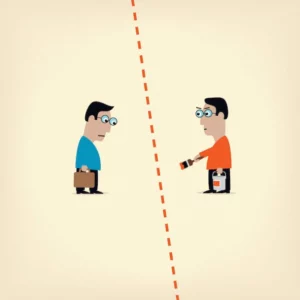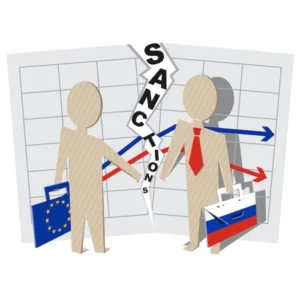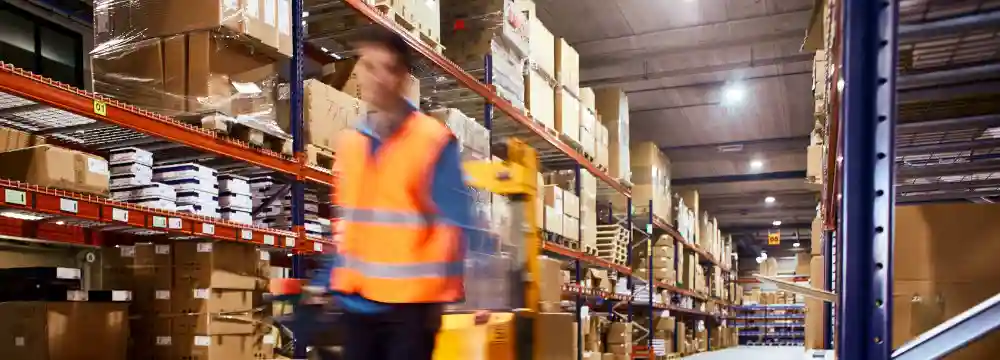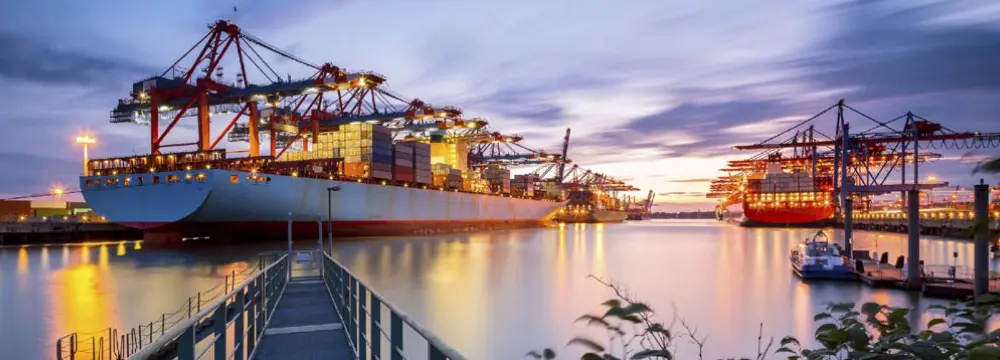Generally, there are two types of barriers to trade: tariff and non-tariff barriers. Tariff Barriers (TBs) usually take the form of taxes limiting imports from or exports to another country. In contrast, Non-Tariff Barriers to trade (NTBs), or sometimes referred to as Non-Tariff Measures (NTMs), are set up to restrict trade in more indirect ways other than trying to discourage trade directly through high taxes or fees. This article is about the non-tariff barriers.
These two main types of blocking free trade are both more common for imports (but can be often applied to exports, too). China import quotas, as the most important non-tariff barrier, are one of the various ways countries try to protect their own domestic market from the adverse effects of an influx of exports of other countries.
China has been particularly stringent in ensuring that there are compulsory limits imposed against goods produced abroad and sold within the country. However, this scenario is not exclusive only to China: many countries around the world impose such restrictions.
A quota generally takes the form of a limit in terms of quantity or value, setting a quantifiable boundary restricting the amount of goods to be imported into (or exported from) the country. It is a key tool in the arsenal of barriers of trade.
There are many ways to limit foreign imports without raising import taxes.
Absolute Quotas and Tariff-Rate Quotas
An absolute quota is when there is a numerical restriction imposed over a certain period of time. If that quota is met before the end of the period, the quota is considered filled and no further goods are allowed to enter into the country. There are China import quotas with this absolute restriction.
A tariff-rate quota is slightly different. During the quota period, merchandise is allowed to be entered at a reduced rate of duty. There is no limit to the volume of goods. However, all further merchandise will be subject to a higher rate of duty after this period. There are also China import quotas with this relative restriction.
Other Non-Tariff Barrier Restrictions
Quotas, while popular, are not the only non-tariff barrier enforced by nations around the world. All related methods seek to achieve the same result as quotas; restricting imports or exports. However, the details of the method employed vary.
One other type restriction is called an embargo, generally resulting from political reasons, which is a restriction that outright bans both exports and imports to and from a specific country. Embargoes can either be total (the USA and Cuba) or a partial (the arms embargo against China by the US and the EU).
Licenses are also commonly used as an instrument to regulate mostly imports but also exports. Licenses work as a non-tariff barrier to trade as it requires authorization to be received from the government or appointed body to grant permission to import and export certain commodities. Depending on the criteria, these licenses can be difficult to acquire.
Another non-tariff barrier is shown in countries requiring certain – often purposely uncommon – standards to be met by imports. This could be labeling requirements, classification requirements and necessity of certain tests to be undertaken. These standards can act as a barrier to block products produced in foreign countries, as well.
Voluntary export restraints are another non-tariff barrier. However, it is special in its nature as it is a quite rare voluntary restriction. These self-imposed measures usually result from a request made by the importing country within the scope of trade negotiations.
It may seem unusual why a country would voluntary agree to such a restriction, but when compared to the other restrictions that could be imposed against them, they are a more favourable alternative.
Motivations and Effects of Imposing Quotas
The motivation to impose quotas may be hard to understand, especially when free trade is considered to be a beneficial process. The underlying motivation is usually just to reduce imports into a country in an effort to increase the domestic production of a specific good or service.
The restrictions are imposed to protect infant industries of a country for a limited time, which is frequently seen as a legitimate use of trade quotas particularly for developing countries.
Through restricting foreign competition and hence the simple economic principle of supply and demand, imported goods artificially rise in price and stimulate the demand for higher priced domestic goods.
While domestic producers are favourable to import quotas, as they benefit from the increased demand and protection of their profits, there is a negative effect on the domestic consumers. They are now the ones who are having to pay the artificially higher price, and these trade policies do not work in their favour.
When such restrictions are imposed, there can be various side effects resulting from it. Smuggling and corruption are common as firms offer incentives to officials to allow their goods to be approved.
Non-Tariff Barriers to trade (NTBs) often have a political motivation as recently seen between the EU/US and Russia.
China Import Quotas and Other Specific Restrictions
China has a long history of imposing non-tariff barriers in an effort to control the imports into their country. The food industry within China is especially notorious for the non-tariff barriers imposed, which are relatively recent.
The country enforces strict sanitary rules, requiring significant administrative requirements consisting of vast amounts of documents and health certificates. This is only one example, with others including strict labeling requirements consisting of detailed nutritional components as well as the Chinese language being mandatory.
Currently, specific China import quotas apply to more than 40 categories of goods, including watches, cars, some textile products and also certain kind of foods. However, most of them are quite old and China has been gradually eliminating its import quotas and is commonly expected to continue this process.
North Korea was also recently subject to a trade embargo by China, which might be surprising. It acted in line with the United Nations (UN) who initiated and enforced various sanctions upon the country.
Interestingly, China has 26 non-tariff imposed against South Korea, an extreme amount when compared with the next largest number of 5 against Indonesia. They are mainly focusing on tougher sanitary regulations as well as China only recognizing certifications issued by the Chinese Food and Drug Administration. This can already be seen as an aspect of a trade war, which is covered in another wiki article, where these measures play an important role.
Conclusion
If you are in a position where you are considering trading with China or entering into the Chinese market, the various tariffs that are imposed are something to be considered. These tariffs can change according to political relationships between countries, meaning difficulty for your company can heighten over time, and make it a more challenging task to deal with the Chinese market.






